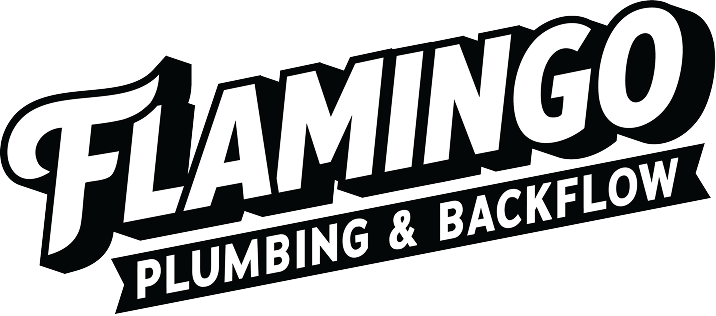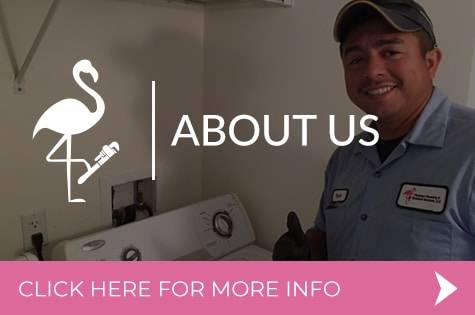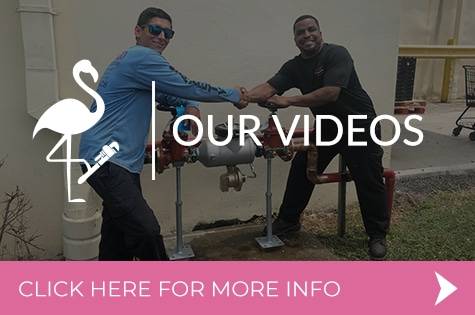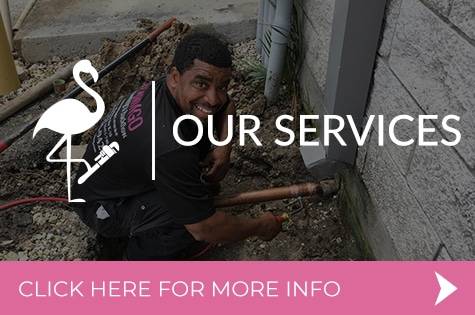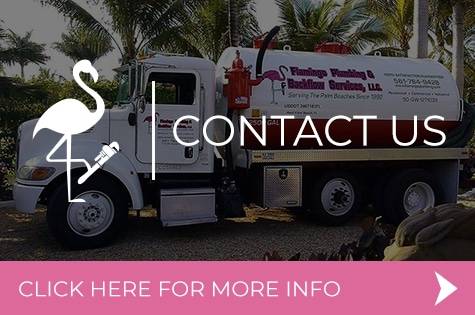The water coming to your home travels through several underground pipelines, which allow it to flow in one direction – from the municipality reserve to your home. However, there are several instances when the water may flow in the opposite direction, leading to a backflow. Water running back through the pipelines can pick up dirt and debris and introduce it into your home’s water supply.
Besides a faulty backflow prevention device, several reasons can cause water to flow backward, such as multiple fire hydrants near your house or a damaged water mainline. Backflow can contaminate your water supply and clog your pipelines – leading to water-borne illnesses, foul smells, and other issues. This is why it is essential to perform annual testing to ensure your home’s potable water supply remains safe.
Backflow Testing and Certification
Businesses and apartment buildings are required to install a backflow prevention device that separates the potable water supply from the wastewater. These devices are installed at the cross-connection point and must be tested yearly. Although many cities mandate installing backflow prevention devices, homeowners and businesses should be proactive about installing backflow prevention assemblies.
If your backflow prevention device is malfunctioning or damaged, it must be serviced immediately, or you may risk polluting your home’s water supply. As a business owner or caretaker of an apartment complex, you should know that many pollutants that can cause health issues are not easily detectable. Therefore, you must periodically check your backflow prevention devices and ensure they work correctly.
Who Needs Backflow Certification?
Any construction connecting to a new water service must acquire backflow certification before activating the service. You must undertake annual testing if you connect to a water service with existing backflow devices installed. Any customers with existing backflow prevention assembly will receive a notification regarding testing and maintenance via a letter.
Benefits of Backflow Testing
1. Safety
One of the most significant benefits of backflow testing is that it can help you prevent water-borne diseases. A faulty backflow device can affect you, your loved ones, and those in the community. Ensuring your backflow device is in working order will help you keep your water clean and safeguard those who access it.
2. Not Expensive
Backflow testing typically costs between $70 to $90 but can be higher depending on your location. Compared to the high repair and replacement cost, you are paying a much smaller fee for the security of your loved ones and community. Whether a commercial establishment or a residential property, backflow tests are easy to schedule and affordable too!
3. Accessible to Schedule and No Paperwork
At Flamingo Plumbing and Backflow, we make the entire backflow testing process smooth for all our patrons. Ideally, you should schedule a test once a year in the spring, but if you have a big event coming or have noticed signs of water pollution, schedule a test immediately. If you suspect that water quality in your premises has gone down, there is a good chance that your backflow assembly is not working as it should.
4. Peace of Mind
After your annual test, you can rest easy knowing your water supply is safe. You won’t have to worry about the quality of your water and can be sure you have done your part to keep everyone safe. Flamingo pumping will ensure your backflow prevention assembly is in excellent condition year-round.
Now that you know how crucial it is to have your annual backflow test, let’s ensure you understand the many backflow prevention devices on the market. Every device uses a different mechanism, and while you may be familiar with it, you will need a team of competent plumbers to get the job done. Flamingo Plumbing and Backflow offers various plumbing services, including backflow repair, maintenance, and certification. Contact us today to book an appointment!
